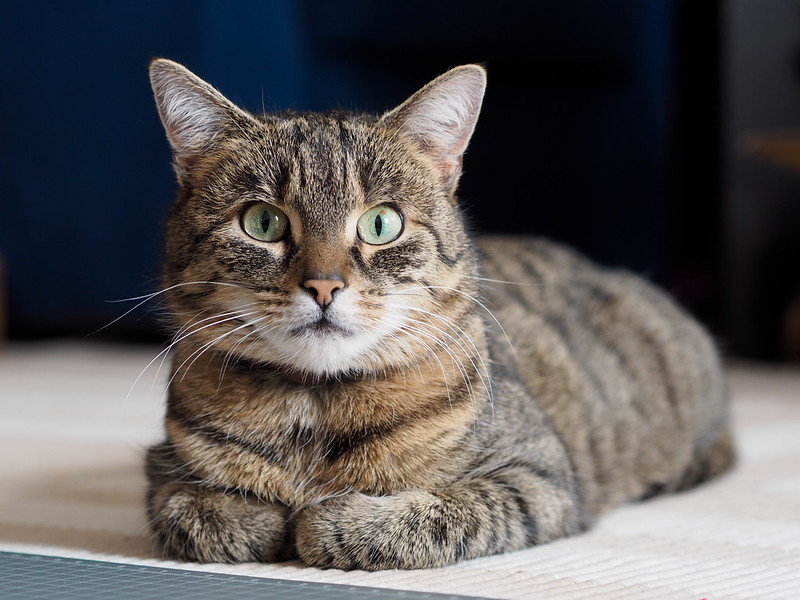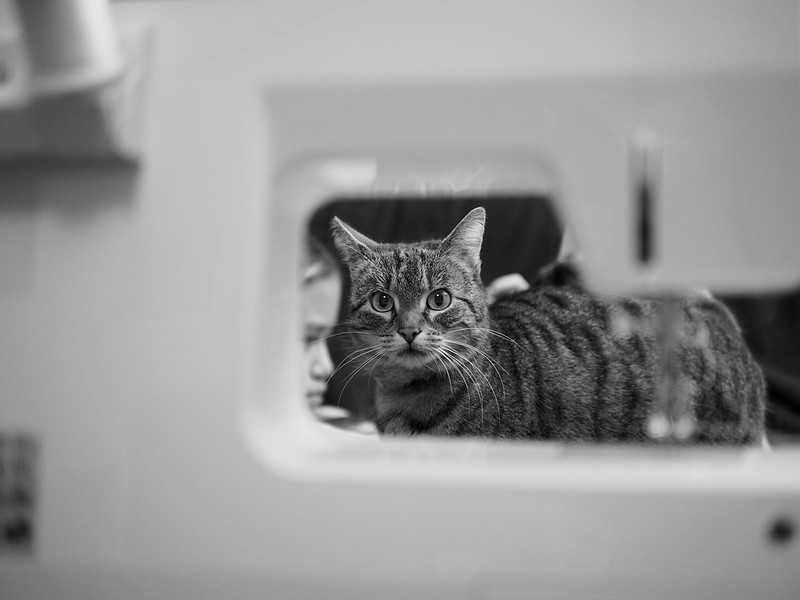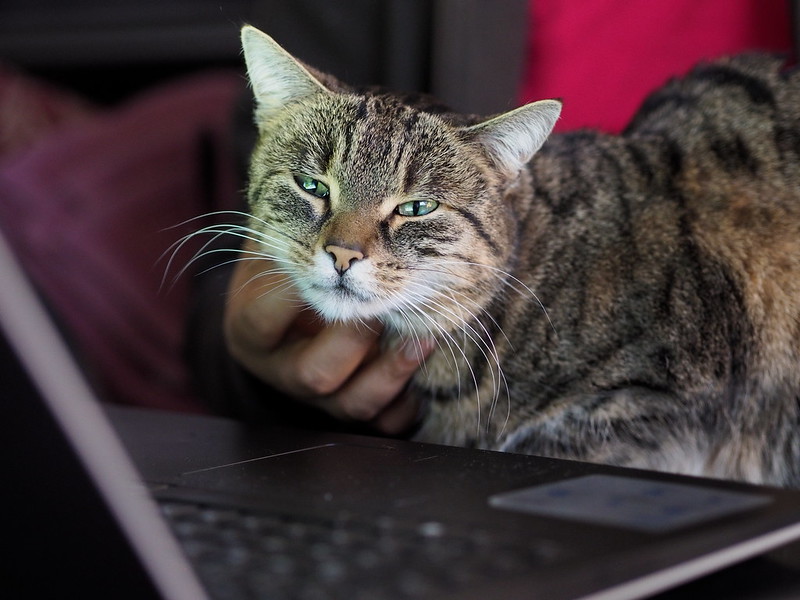Modern cameras have more than one setting for saving a custom white balance – my Olympus E-PL5 has two, and my OM-D E-M10 (first generation and still a marvelous camera) has four. And if you want to mix flash with ambient and warm lighting, you should make use of that.
In my cameras, I have the custom white balance 1 set to my studio strobes, and custom white balance 2 set to my Yongnuo compact flash with a Roscosun 85 (3401) CTO gel. That’s one of the companies who make colour gels for film, and they offer a cheap strobist kit for the rest of us. If you want to mix your flash with surrounding available light, one of these gels will lower the colour temperature of your flash from 5500K to 3200K which gets you into the territory of “warm” lights which are used just about everywhere.
This is how to do it with Olympus cameras:
Set up a grey or white target, and set your camera to custom white balance two (or one if you do it without using that gel). Then put the gel in front of your compact flash, and press the info button on your camera. The camera now asks you to shoot your target, so do it. If you have a small target – I use the Colorchecker Passport which fits in any camera bag – then this is best done with the 45mm/1.8 lens or with a kit zoom at its longest setting of 42mm (for Olympus cameras, yours might be longer). The target does *not* have to be in focus (in fact it’s an advantage if it isn’t), but it should fill the frame. After shooting your target like that, the camera will ask you if you want to save this custom white balance. Say yes. Done.
If you then take another normal test shot, still with the orange gel in front of your flash, your target should look pretty neutral, like this:
Grey target with Roscosun 85 (3401) CTO
Now you can use your flash for mixed lighting, so raise your exposure time to catch some of that as well (aperture controls flash exposure, and time controls the rest). It may look like this:
Mixed flash (CTO) and ambient (LED)
Here the bounced flash with CTO gel in front of it lit the table and chair, and the wall to the right. The background is an LED light in our kitchen, maybe 2 stops underexposed. This still has some green tint as you can see, but it’s lots better than if you used the flash without gel, and with the camera set to daylight or flash or around 5500K. If you really need precision, you can still fine-tune between both light sources, or if you *have to* nail it, then use flash for the background as well, and forget about the gels.
But this is a quick and useful technique if you’re out in the pubs or other environments, and want more or less proper colours not only for your main targets (persons for instance), but also for the background.
You can do lots more with these gels, so try them out. A ‘strobist kit’ isn’t that expensive, and can work wonders for whatever you might have in mind.
Hope that this is useful to someone.
Happy experimenting, and, as always, thanks for reading.















